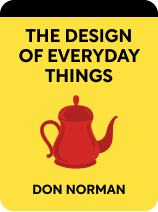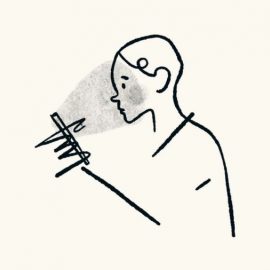

This article is an excerpt from the Shortform book guide to "The Design of Everyday Things" by Don Norman. Shortform has the world's best summaries and analyses of books you should be reading.
Like this article? Sign up for a free trial here .
How does knowledge of technology change how we experience the world? Should design take our knowledge into account?
Knowledge of technology has a huge influence on the products we use and how we use them. When creating products, knowledge of technology often comes into play.
Read more about knowledge of technology and how it factors into design.
Knowledge of Technology and The Future
All this innovation raises questions about the future. With technology evolving at such a rapid pace, how will our relationship to it change? On one hand, humans and technology are more linked than ever. Artificial intelligence and advanced medical technology like pacemakers and bionic prosthetics are blurring the line between human and machine in a brand new way. Our cultures have also changed to reflect this new relationship and our knowledge of technology.
However, while people continue to evolve, our needs remain largely the same. We still need food, water, sleep, shelter, and social interaction, among other things. The changes in our technology affect how we meet those needs, but not the needs themselves. Phones have become smaller and now contain cameras, but the need to talk to one another from a distance and to record history in a visual way has not changed. Keyboards have evolved and may eventually be replaced entirely, but there will always be a need to record information in written form. In other words, human needs won’t change, but the way they’re satisfied will.
Do We Rely Too Much on Technology?
With knowledge of technology becoming so integrated into our daily lives, are we becoming too dependent on it? Do our devices make us more capable, or less? These questions are not new—even Socrates argued that the invention of books would decimate the human capacity for memory, discussion, and independent thought. But books have arguably made us more intelligent, not less. Not having to memorize every story or essay we encounter has made it possible for us to engage with more sources than ever before.
In the same way, technological innovation has made it possible to automate tasks that once took up huge amounts of time and energy—resources that can now be applied to more than just the necessary activities for survival. Our intelligence hasn’t changed, only the tasks we apply it to.
The key is in using technology to do the jobs technology can and should do. This frees up time and effort for humans to do even bigger and better things than before. Relying on human skills for part of a task and technology for another part is called distributed cognition, and the combination typically outperforms what either people or machines could do alone.
Pitting human chess masters against computer opponents is a classic example of this effect. In a one to one competition, modern computer programs almost always win. But when a human player and the computer work as a team, they beat both human and computer opponents. This doesn’t require the human team member to be a grandmaster (or the computer to be running the world’s most advanced chess software) so long as they work effectively as a team.
Knowledge of technology is an important part of the human experience that businesses and designers may take into account.

———End of Preview———
Like what you just read? Read the rest of the world's best book summary and analysis of Don Norman's "The Design of Everyday Things" at Shortform .
Here's what you'll find in our full The Design of Everyday Things summary :
- How psychology plays a part in the design of objects you encounter daily
- Why pushing a door that was meant to be pulled isn't your fault
- How bad design leads to more human errors






